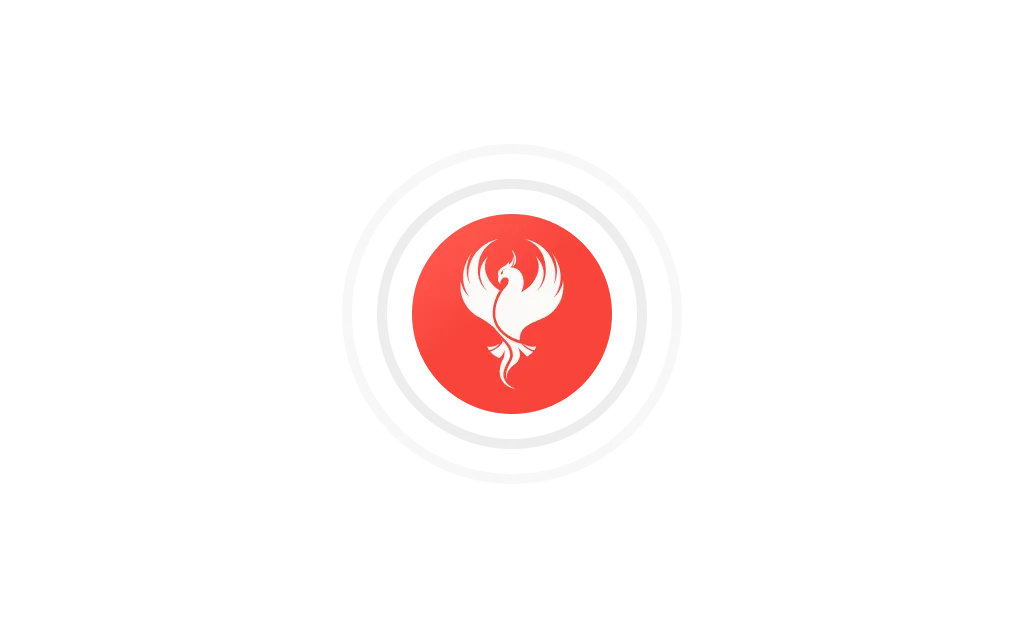Reframing trick, price increase communication, and resolving conflicts between designers and engineers

If you don’t like how the table is set, turn it over
The first time I heard this line, I imagined four guys sitting at a poker table, engaging in a dispute, when suddenly one of them would get up and turn over the table angrily to calm his emotions. Most probably right after losing his hand.
Did you picture it?
Well, that’s not it! And it’s not externally focused; it’s about us and our way of seeing things in a specific moment. The technique is called ‘cognitive reframing’ used to shift your mindset so you can look at a situation, person, or relationship from a slightly different perspective.
Here are two examples of how I apply it and why perspectives are essential.
I don’t know a lot of makers that play nice with rules and policies; there’s a reason why we work in startups. Or why does the word troublemakers exist! But rules and policies are essential for scaling up and building larger teams and products. Or keep people safe!
And because I am slightly bothered by the word rules, which makes me not want to read them, I start reframing into something I am passionate about. Perspectives!
You see, I don’t want to be limited by rules, but I want to expose myself to different perspectives. Reframing is how I trick my mind into being open to exploring the thing - those rules are somebody’s else perspective!
The funny thing is that in the end, I agree with them!
Another example is when I get stuck in the problem-solving mode for too long. Sounds familiar? When the solutions emerged too complicated, I learned to stop trying to find better ones because the issue lies in the problem statement. So I take a step back and reframe the problem. And yes, the new solutions flow 💥
Reframing is so simple and powerful that I don’t understand how we don’t learn about it in elementary school!
How to Get Started
Start by noticing your own thoughts. Pay attention to any negative or distorted thinking. Next, work on evaluating the evidence that supports or disputes your thoughts. Note things that might contradict your interpretation.
TOOLS
🤔 Struggling to define what great UX means? Built for Mars publishes an ‘Apple Maps vs Google Maps’ case study on user experience comparing the 2 apps. Real examples FTW
🧩 Storybook, an open source tool for building UI components and pages in isolation used by companies to document their design systems, launches a component encyclopedia from leading UI engineering teams you can browse and reference.
⚡ Raycast, a blazingly fast launcher for Mac that lets you complete tasks, calculate, share common links, etc releases Shared Snippets. An easy way to share information and frequently used text with members of your team, ideal for canned email responses, code, templates, or short phrases.
👀 CSS - Use :has() to power form micro-interactions and theme without JS.
:has() is landing in Chrome 105 soon and is already in Safari as of version 15.4
👉 Anchoring / the cognitive bias of the week
The anchoring effect is a cognitive bias whereby an individual’s decisions are influenced by a particular reference point or ‘anchor’. Both numeric and non-numeric anchoring have been reported in research.
In numeric anchoring, once the value of the anchor is set, subsequent arguments, estimates, etc. made by an individual may change from what they would have otherwise been without the anchor.
For example, an individual may be more likely to purchase a car if it is placed alongside a more expensive model (the anchor). Prices discussed in negotiations that are lower than the anchor may seem reasonable, perhaps even cheap to the buyer, even if said prices are still relatively higher than the actual market value of the car.
Another example may be when estimating the orbit of Mars, one might start with the Earth’s orbit (365 days) and then adjust upward until they reach a value that seems reasonable (usually less than 687 days, the correct answer).
The anchoring effect is also called the ‘reference point’ in psychology and is why the first impression matters so much. We tend to compare everything that follows against it, and it’s proven that most people don’t update their opinion about somebody else, regardless of how much that person changed over time. It’s also why it’s more likely to get a promotion by changing your job than staying where you are.
TEAM
⚔️ Exceptionally great article by Scott Himmer on how to resolve the conflicts between designers and engineers. Scott goes over some areas where you might find the design and engineering conflicts manifesting, some of the contributing factors, and strategies to work through the challenges.
“You may not make friends at first, but you will get respect. You may find that 30% of the people are on board with you. Another 30% are interested but not yet sold. The remaining percent of nay-sayers who want to continue with the status quo will eventually come along as the rest of the clan unites around them. Fight the good fight, my friends, and unite the clans!”
MARKET
🗓 Cledara announces the next SaaStock Barcelona on 29 Sep about raising in the current venture climate. Great line-up; check it out.
🦄 A leaked trove of confidential files has revealed the inside story of how the tech giant Uber flouted laws, duped police, exploited violence against drivers and secretly lobbied governments during its aggressive global expansion.
The unprecedented leak to the Guardian of more than 124,000 documents – known as the Uber files – lays bare the ethically questionable practices that fuelled the company’s transformation into one of Silicon Valley’s most famous exports.
KEY HIGHLIGHTS
- You know how in those mafia movies, the 1st generation that makes money does it illegally, and the 2nd generation starts to act like they’re legit business owners? Now change ‘generation’ with ‘Uber CEO’
- See #1
🌶 1/TikTok is the search engine of choice for ~40% of the new generation, according to Google exec Prabhakar Raghavan. “When they’re looking for a place for lunch… they go to TikTok or Instagram,” he says.
Raghavan also explains how younger people are generally interested in more ‘visually rich forms’ of search and discovery, and that isn’t just limited to where to eat.
2/ Users spend more time on TikTok than Instagram and Facebook combined, or 91 minutes per day for the average US kid.
It doesn’t take a genius to see why US officials are concerned about a Chinese company’s grip on an algorithm that owns so much of their time. Now, with TikTok rising as a search engine of choice, things will get even more interesting.
💸 The way Slack announced their price increase compared to Webflow is an excellent example of how to/not to do it.
✅ Slack “Slack Pro will increase to $8.75 user/month for a monthly subscription and $7.25 user/month for a yearly subscription on September 1, 2022”
❌ Webflow “It’s here! Upgrade to Workspaces today” - sent on email. Sounds like a new feature, right?
Well, no, just a new pricing plan that you wouldn’t be aware of if you wouldn’t read the small print, and that happens to be a lot more expensive 🤷🏻♂️
Thanks for reading, and see you again next Tuesday!
 Raz Tirboaca
Raz Tirboaca